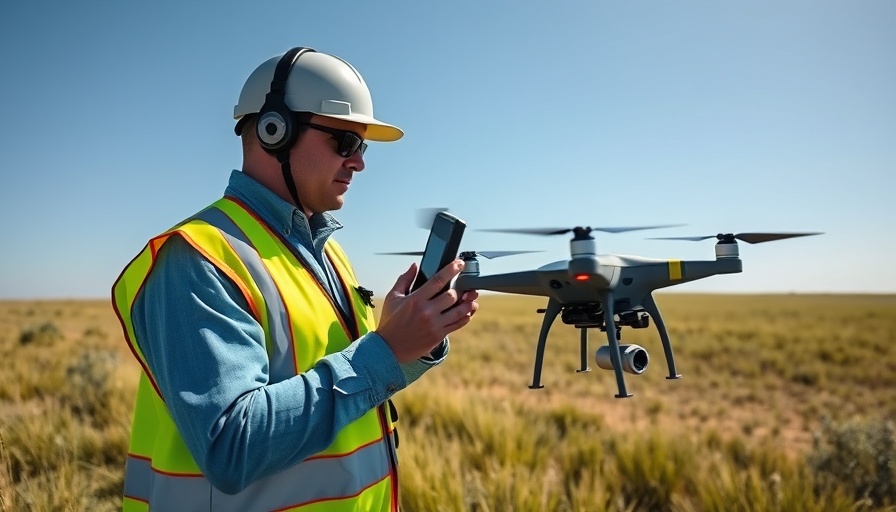
Understanding FAA Drone Regulations: Key Rules You Might Be Ignoring
As drone technology accelerates in popularity, it's easy for even the most seasoned pilots to overlook vital FAA regulations. The reality is that flying drones isn't merely a technical skill; it's also a responsibility that requires adherence to safety laws. The recent video, 4 FAA Drone Rules You’re Probably Breaking Without Realizing, highlights four common mistakes that could impact your flying experience significantly. Today, we’ll dive deeper into each of these crucial rules, ensuring you're equipped with the knowledge to fly responsibly.
In 4 FAA Drone Rules You’re Probably Breaking Without Realizing, the discussion revolves around critical mistakes drone pilots make. We’re exploring these points in detail while providing further insights and guidance.
Visual Line of Sight: Why It’s Non-Negotiable
The first rule addresses the use of First-Person View (FPV) technology without a visual observer. Many pilots enjoy the immersive experience FPV offers, yet doing so without an observer not only violates FAA regulations but could also lead to accidents. The FAA mandates that drone pilots maintain visual contact with their drones at all times, ensuring that they can assess hazards and avoid obstacles. A dedicated visual observer is your extra set of eyes when you're immersed in the FPV view, making this rule vital for safe flying.
Night Flying Regulations: Illuminate Awesomely
Flying at night unveils a magical world of aerial photography, but there are stringent rules to follow. According to FAA guidelines, drones must be equipped with anti-collision lights visible from at least three statute miles. The lack of proper lighting can lead to severe collisions, not to mention fines or penalties. Many drone enthusiasts opt for Lume Cube strobe lights, which can easily attach to the vehicle, making night flights not only legal but spectacularly safe.
Part 107 Certification: Are You Flying Commercially?
This rule serves as a wake-up call for many recreational flyers. If you’re making any form of profit—be it through real estate photography, event videography, or even allowing YouTube monetization—you must obtain a Part 107 certificate. The FAA considers this commercial activity, and flying without one is a violation that could lead to hefty fines. Always remember, if someone else benefits from your flying other than simply having fun, you need to be certified.
What is Remote ID and Why It Matters
Remote ID will soon become a household term among drone enthusiasts. Effective from March 2024, all drones must comply with FAA remote identification standards, acting as a digital license plate for your aerial vehicle. This technology enhances safety by broadcasting your drone's location in real time, allowing authorities to monitor airspace more effectively. If your drone, produced after September 2022, lacks integrated Remote ID capabilities, you’ll need to invest in an external module. This rule promotes accountability and safety, ultimately benefiting the broader drone community.
The Bigger Picture: Why Following FAA Rules Matters
Understanding and adhering to FAA regulations is crucial—not only for your safety but also for the future of drone technology as a whole. By respecting these laws, you contribute to the safe proliferation of drone use, paving the way for innovations that could change how we view aerial photography, delivery services, and environmental monitoring.
The knowledge shared in the video 4 FAA Drone Rules You’re Probably Breaking Without Realizing serves as a crucial reminder for drone pilots at all levels. Whether you're a fan of nighttime aerial shoots, commercial projects, or exploring FPV innovations, being aware of these regulations can keep you grounded—and flying safely.
 Add Row
Add Row  Add
Add 




Write A Comment